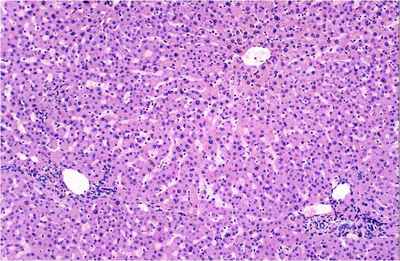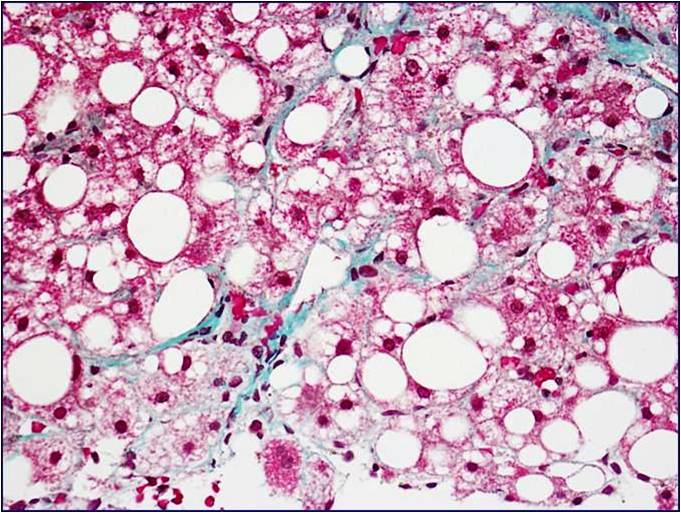Nonalcoholic steatohepatitis (NASH) is a condition where there is fat accumulation and inflammation in the liver. NASH occurs in people who do not drink alcohol.
The exact cause of NASH is unknown, however it is seen with increased frequency in people with certain medical conditions such as diabetes mellitus, obesity and high cholesterol.
NASH is typically a chronic condition that persists for many years. Most people with this condition will not develop serious liver problems. On the other hand, the condition can lead to progressive scarring and cirrhosis in others. It is difficult to predict the natural course of NASH in individual patients.



















